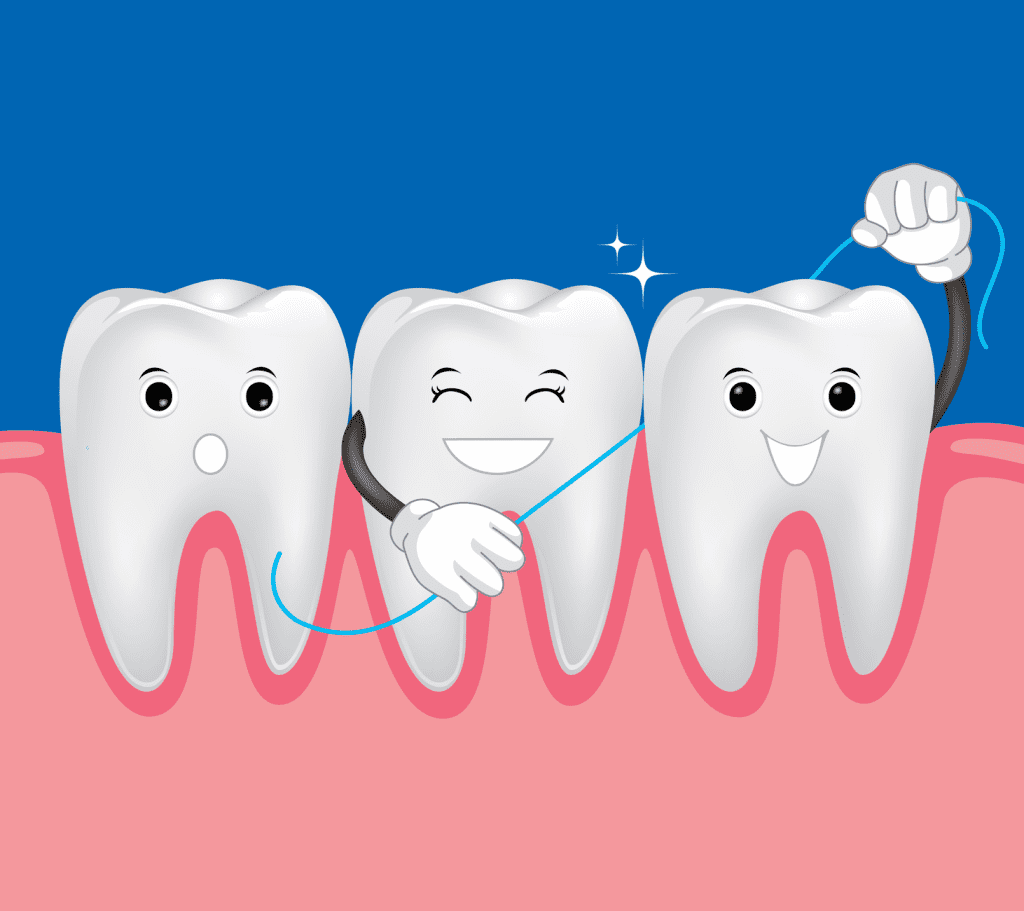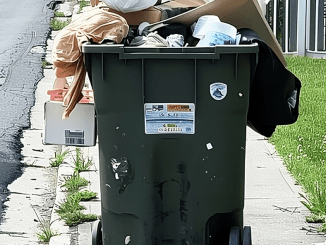Plaque buildup on teeth is a common yet serious oral health concern. This sticky film of bacteria can lead to bad breath, gum disease, and even tooth decay if left untreated. Plaque forms when bacteria in the mouth mix with food and drinks, sticking to the teeth and gums. Over time, if not properly removed, plaque can harden into tartar, which is much more difficult to eliminate and often requires a professional cleaning.

Fortunately, you can remove plaque quickly and effectively. In this article, we’ll explore three simple methods to help you remove plaque in under five minutes, keeping your teeth clean and your smile bright.
1. Brushing Your Teeth with the Proper Technique
Brushing your teeth is the first and most straightforward way to remove plaque, but doing it right makes all the difference. Simply brushing twice a day isn’t enough; the technique you use is key to efficiently removing plaque and maintaining oral health.
Steps to Brush Effectively:
- Choose the Right Toothbrush and Toothpaste: Use a soft-bristled toothbrush to avoid damaging your gums while effectively removing plaque. Pair it with fluoride toothpaste, which helps strengthen the enamel and prevent decay.
- Position the Toothbrush Correctly: Hold the toothbrush at a 45-degree angle to your gums. This angle allows the bristles to reach under the gumline, where plaque tends to accumulate.
- Use Small Circular Motions: Instead of scrubbing back and forth, use small, gentle circular motions. This technique is more effective at removing plaque and is gentler on your enamel and gums.
- Brush for Two Minutes: Divide your mouth into four sections (top left, top right, bottom left, bottom right) and spend 30 seconds on each. Be sure to cover all surfaces—outer, inner, and chewing surfaces.
- Don’t Forget Your Tongue: Bacteria can accumulate on the tongue as well, contributing to plaque buildup and bad breath. Make it a habit to gently brush your tongue from back to front.
Quick Tip: Electric toothbrushes are particularly effective at plaque removal. They often come with built-in timers to ensure you brush for the full two minutes and mimic the circular motions recommended by dentists.
2. Flossing: The Key to Plaque Removal Between Teeth
Flossing is often overlooked but is just as crucial as brushing. It removes plaque and food particles between teeth and along the gumline—areas a toothbrush can’t reach. Skipping flossing allows plaque to build up in these tight spaces, leading to gum disease and tooth decay.
Steps to Floss Properly:
- Choose the Right Floss: Use waxed dental floss, which slides easily between teeth, or opt for floss picks if regular floss is tricky for you.
- Use 18 Inches of Floss: Break off about 18 inches of floss and wind most of it around your middle fingers, leaving about 2 inches to work with.
- Hold the Floss Correctly: Grasp the floss between your thumbs and forefingers. Gently guide it between your teeth using a sawing motion.
- Curve the Floss: Once the floss is between your teeth, curve it into a “C” shape around one tooth, sliding it under the gumline. Move the floss up and down to remove plaque effectively.
- Repeat for Each Tooth: Use a fresh section of floss as you move from tooth to tooth.

Quick Tip: If you have braces or dental work that makes flossing difficult, consider using a water flosser. It uses a stream of water to clean between teeth and is especially useful for those hard-to-reach places.
3. Using Mouthwash to Break Down Plaque
Mouthwash is an excellent addition to your oral care routine, especially for reducing plaque and preventing gum disease. Some mouthwashes are formulated specifically to kill plaque-causing bacteria, offering a quick and effective way to support your brushing and flossing efforts.

Steps to Use Mouthwash Effectively:
- Choose an Antibacterial Mouthwash: Look for mouthwashes labeled “antibacterial” or “plaque-reducing.” Ingredients like chlorhexidine, cetylpyridinium chloride, or essential oils help fight plaque and bacteria.
- Measure the Correct Amount: Pour about 20 milliliters of mouthwash (check the instructions for the exact amount) into a cup.
- Swish for 30 Seconds to 1 Minute: Swish the mouthwash around your mouth, making sure to cover all areas, including between teeth and along the gumline.
- Spit Out the Mouthwash: Avoid swallowing the mouthwash. After spitting it out, refrain from eating or drinking for at least 30 minutes to allow the active ingredients to continue working.
Quick Tip: If you have sensitive teeth or gums, opt for alcohol-free mouthwash to avoid irritation. This type of mouthwash is gentler while still being effective at reducing plaque and freshening breath.
Why Plaque Removal Is Essential for Your Oral Health
Plaque buildup doesn’t just affect your smile—it has a significant impact on your overall oral health. If left untreated, plaque hardens into tartar, which can only be removed by a dental professional. Tartar buildup leads to more serious problems, including gum disease (gingivitis or periodontitis) and tooth decay, which may result in tooth loss if not addressed.

By incorporating the quick and effective plaque removal methods outlined in this article into your daily routine, you can prevent these oral health issues and maintain a healthy, bright smile.
How Often Should You Use These Methods?
For optimal oral health, follow these guidelines:
- Brush Twice Daily: Make sure to brush once in the morning and once before bed.
- Floss Once a Day: Flossing at night is ideal because it removes food particles and plaque that accumulate throughout the day.
- Use Mouthwash Once a Day: After brushing and flossing, rinse with an antibacterial mouthwash to keep your mouth fresh and free of plaque-causing bacteria.
Additional Tips for Plaque Prevention

In addition to regular brushing, flossing, and using mouthwash, here are a few more tips to keep plaque at bay:
- Maintain a Balanced Diet: Limiting sugary snacks and drinks can prevent the formation of plaque, as sugars feed the bacteria in your mouth.
- Chew Sugar-Free Gum: Chewing sugar-free gum after meals stimulates saliva production, which helps wash away food particles and bacteria.
- Stay Hydrated: Drinking plenty of water throughout the day keeps your mouth moist and helps flush away food particles.
Conclusion: Achieving a Healthier Smile in Just Minutes a Day
Plaque removal doesn’t have to be time-consuming or difficult. By mastering the right brushing technique, flossing daily, and incorporating mouthwash into your routine, you can effectively remove plaque in under five minutes a day. These simple steps will not only help you maintain a cleaner mouth but will also prevent long-term dental issues like gum disease and tooth decay. For complete oral care, don’t forget to schedule regular visits to your dentist for professional cleanings and checkups. With consistent care, you’ll be well on your way to a healthier smile!


